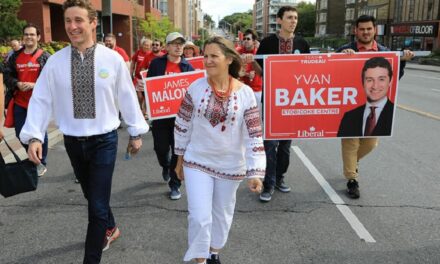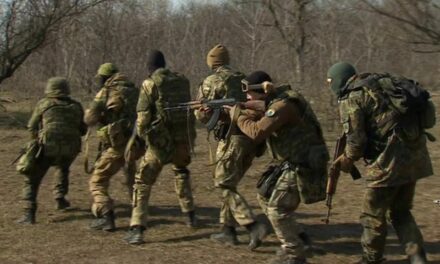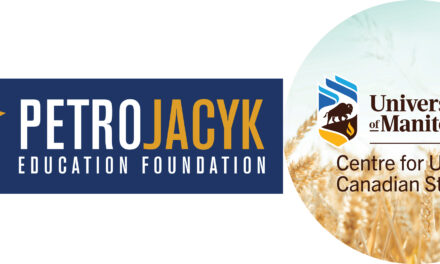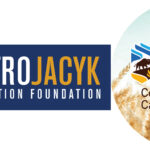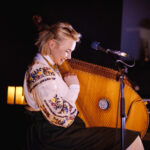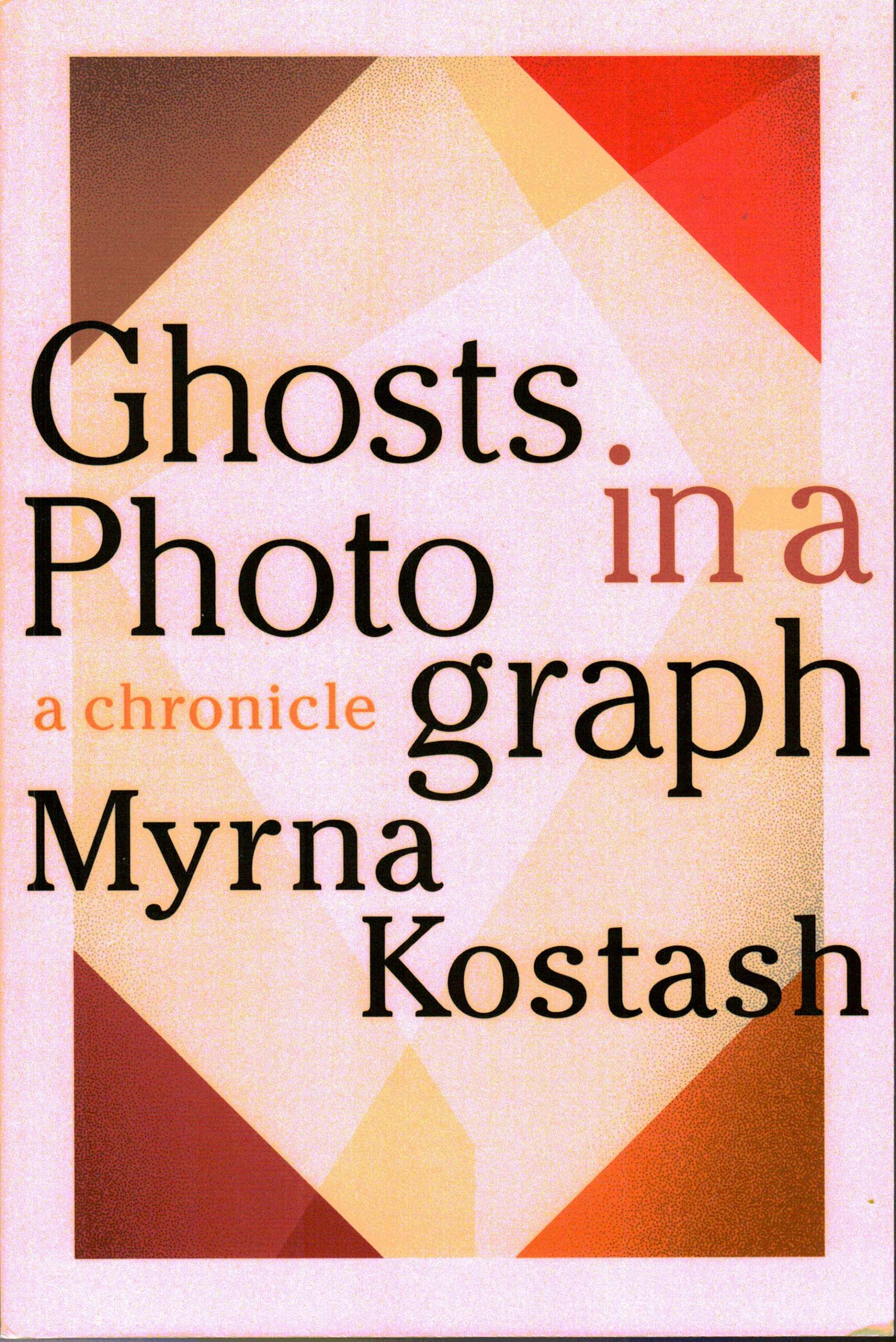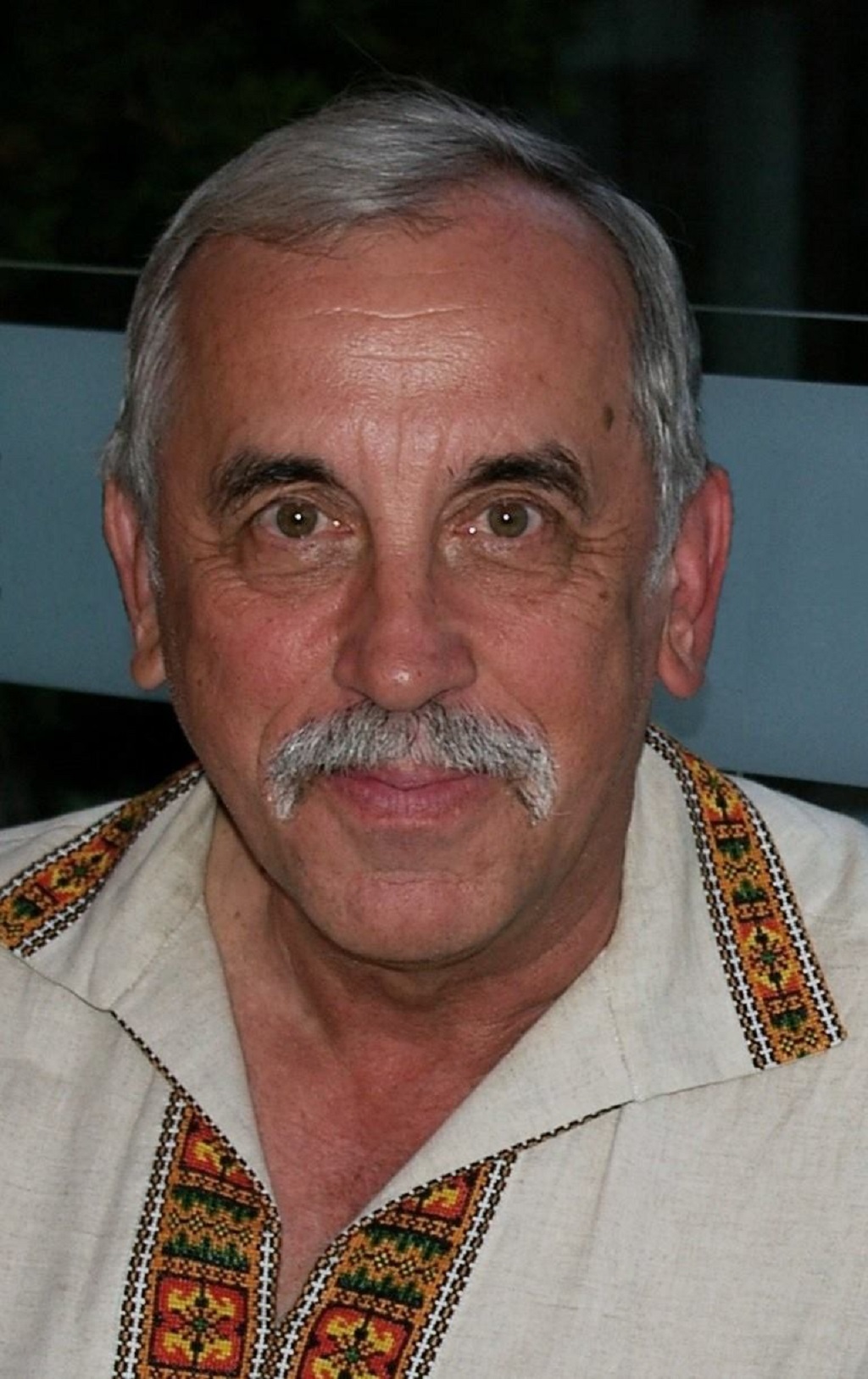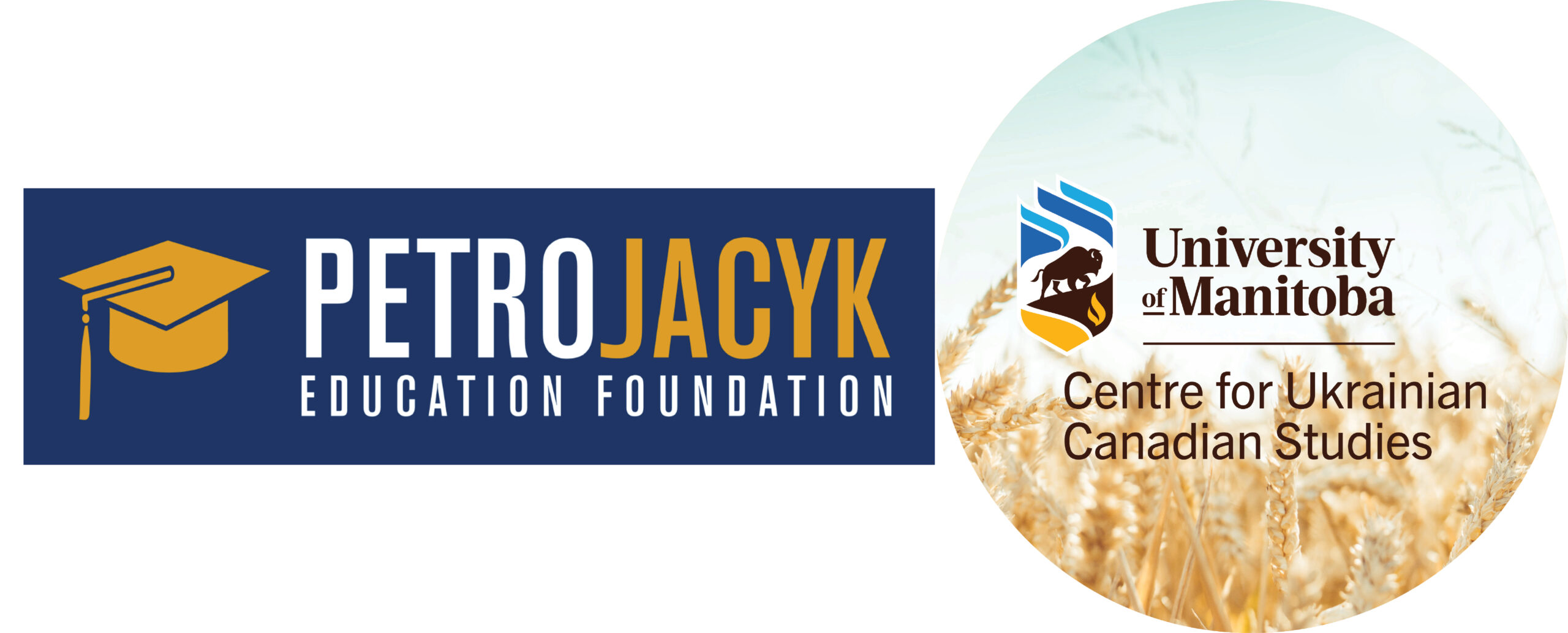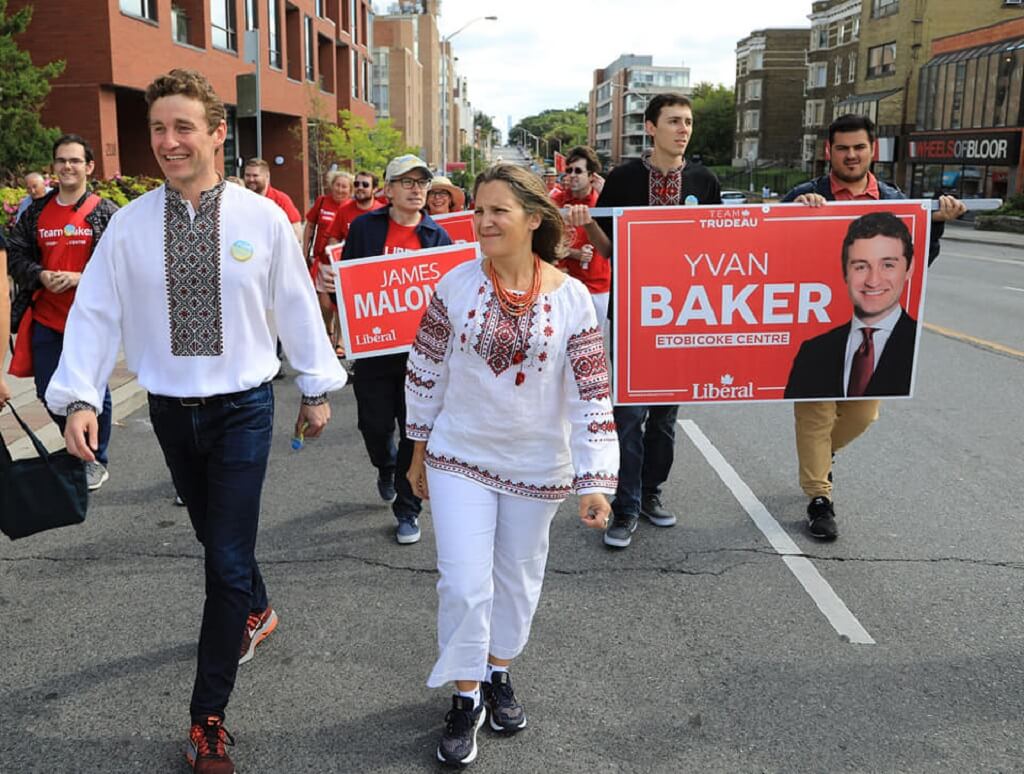Marco Levytsky, NP-UN Western Bureau Chief.
Ever since she wrote All of Baba’s Children 45 years ago, Myrna Kostash has continued searching for her roots. Her latest book continues this journey in a unique way. Using her family albums as a key, she embarks on a journey that’s both physical and virtual, as she delves into the lives of her grandparents all of whom moved from Halychyna (Galicia in Latin) to Alberta at the turn of the twentieth century. These are her Ghosts in a Photograph.
These photographs go back as far as a wedding in Edmonton in 1911 and to early threshing scenes on a homestead in 1915, then move on.
”I have looked and looked and looked again at family photographs — some a hundred years old — and there are faces of relatives, in Canada and in Ukraine, that I cannot identify. This is where I step in, with the self-assigned creative task of their recovery.
“I pick up a photograph, lay an imaginary grid over it, and, starting at the little square in the top left corner, describe what I see, square by square — it could be a wave of a hairdo, a moustache, a string of pearls, the brim of a hat casting a shadow across a face, a hand resting lightly on a vintage carbine — until I pull away and look at the whole photo again,” she explains in her foreword.
It is a daunting task, but a rewarding one.
“Having to imagine huge political, social and economical events through very particular lives has been enlightening for me intellectually spiritually and emotionally – to realize what it meant to one particular life, of the Kostashchuk writer, for example. What it was like to be a young person full of hope for an independent revolutionary Ukraine literature and then to be crushed by the Red Army was so heartbreaking,” Kostash told this reviewer.
The lives she focuses upon represent a microcosm, both of the first wave of Ukrainian immigration to Canada, as well as that of Ukrainian life in Galicia. On both sides of the family and oceans, her grandparents had diverse experiences both in Ukraine and in Canada. On the one hand were her paternal grandparents, the Kostashchuks (the surname was shortened in Canada), who were farmers back in Ukraine and became successful homesteaders in Canada. They became active in the Ukrainian Orthodox Church of Canada. On her maternal side, the Maksymiuks were urban proletariat. They lived in Edmonton and joined the pro-communist Ukrainian Labour Farmer Temple Association (ULFTA).
Her baba’s brother “Uncle Nick” was a radical who was deported following the strike of the Lethbridge beet workers, many of whom were pro-communist Ukrainians in 1935. Quite ironically, 15 years later, the Lethbridge beet farms proved to be a ticket to Canada for many displaced nationalist Ukrainians whose immigration was so vehemently opposed by the ULFTA, which had changed its name to the Association of United Ukrainians during World War II). Their stories are recorded in Orysia and Vadym Olijnyk’s Ukrainian Sugar Beet Immigrants, published in 2016.
The extended family in Halychyna have histories that are just as diverse. Some supported the Soviet regime which occupied Western Ukraine after World War II. Such is Yuri Kosovan, whose death remains a mystery with four different possibilities being offered. Another, Stepan Kostashchuk fought the occupiers for the Ukrainian Insurgent Army (UPA in its Ukrainian acronym). Uncovering his story becomes a transformation for Myrna herself.
“To the villagers of Tulova Stepan is a martyr to the cause of Ukrainian independence, an identity to which, I confess, I am gradually surrendering my political prejudices. By the time Stepan joined the UPA unit, its organization and structures had collapsed, pried loose even from the fascist ideology that had first formed the army in its heyday. Stepan’s short and violent life, as I mournfully consider it now at the cemetery gate, has left me bereft of the revulsion I had nurtured about these ‘boys’ of UPA since my childhood. I have the luxury of being a Ukrainian Canadian whose grandfather, having emigrated from the village where such awful choices had to be confronted, freed me from taking part in that history,” she writes.
What is missing from the book are any of the photographs. That is unfortunate as it would have greatly enhanced the volume to see the actual images which Kostash describes in such painstaking detail.
Even so, it remains a fascinating piece of investigative work that brings the human elements of both Ukrainian and Ukrainian Canadian history to life.
Share on Social Media






